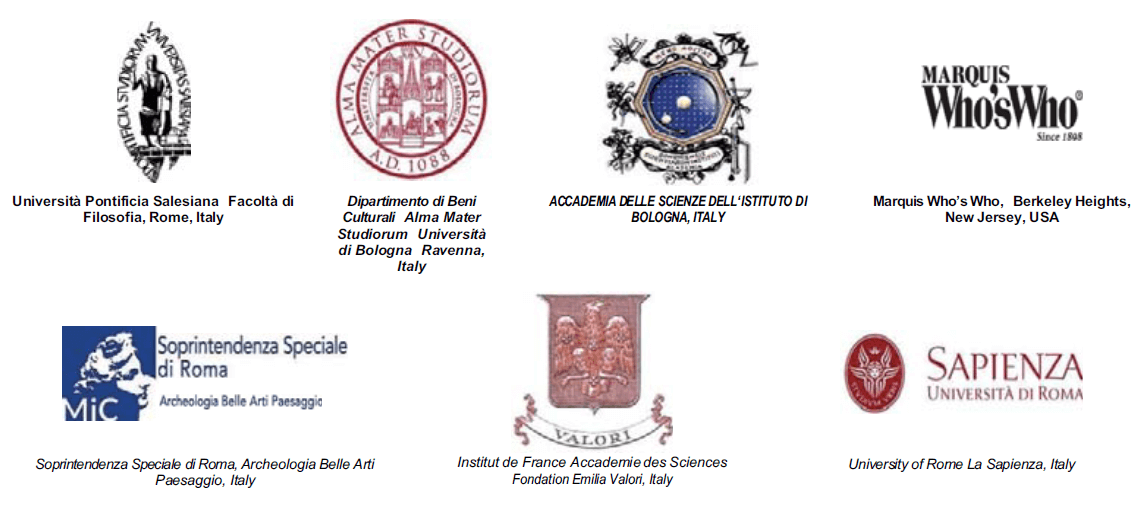Role of the Open-Air Museum in the Conservation of the Rural Architectural Heritage
DOI:
https://doi.org/10.6092/issn.1973-9494/9229Keywords:
open-air museum, ecomuseum, rural heritage museum, physical conservationAbstract
The world is changing faster than ever. In this context and with the dizzying speed of changes in modern life, which has separated people from nature, they are seeking to return to a closer relationship with their environment. Creating open-air museums is part of a human effort to meet these innate demands. Nowadays, there are various museums that are not limited to specific subjects and works but involve a series of houses gathered from different locations for a variety of reasons and installed elsewhere. Along with the attempt to reconstruct the original form of the village, city or industrial area, other sections have been added. In addition to familiarizing people with their past and their ancestors, these museums provide a variety of programs for present and future audiences. In this paper, we investigated the origin, the foundation, and the evolution process of open-air museums in different countries. Also, we reviewed the role of open-air museums in the physical conservation of rural architectural heritage. We answered the questions: why create an open-air museum and are there any harmful effects if we isolate these buildings from their original premises or transfer these houses to another location? The results indicated that despite the damage to the originality of the work, transfer to different locations is one of the best ways to save and conserve them. A descriptive-analytical method was used with documentary and field tools. This paper involves applied research and provides information about open-air museums.
Downloads
Published
How to Cite
Issue
Section
License
Copyright (c) 2018 Behnam Pedram, Mohammad Amin Emami, Mozhgan Khakban
Copyrights and publishing rights of all the texts on this journal belong to the respective authors without restrictions. Authors grant the journal right of first publication.
This journal is licensed under a Creative Commons Attribution 4.0 International License (full legal code).
See also our Open Access Policy.






